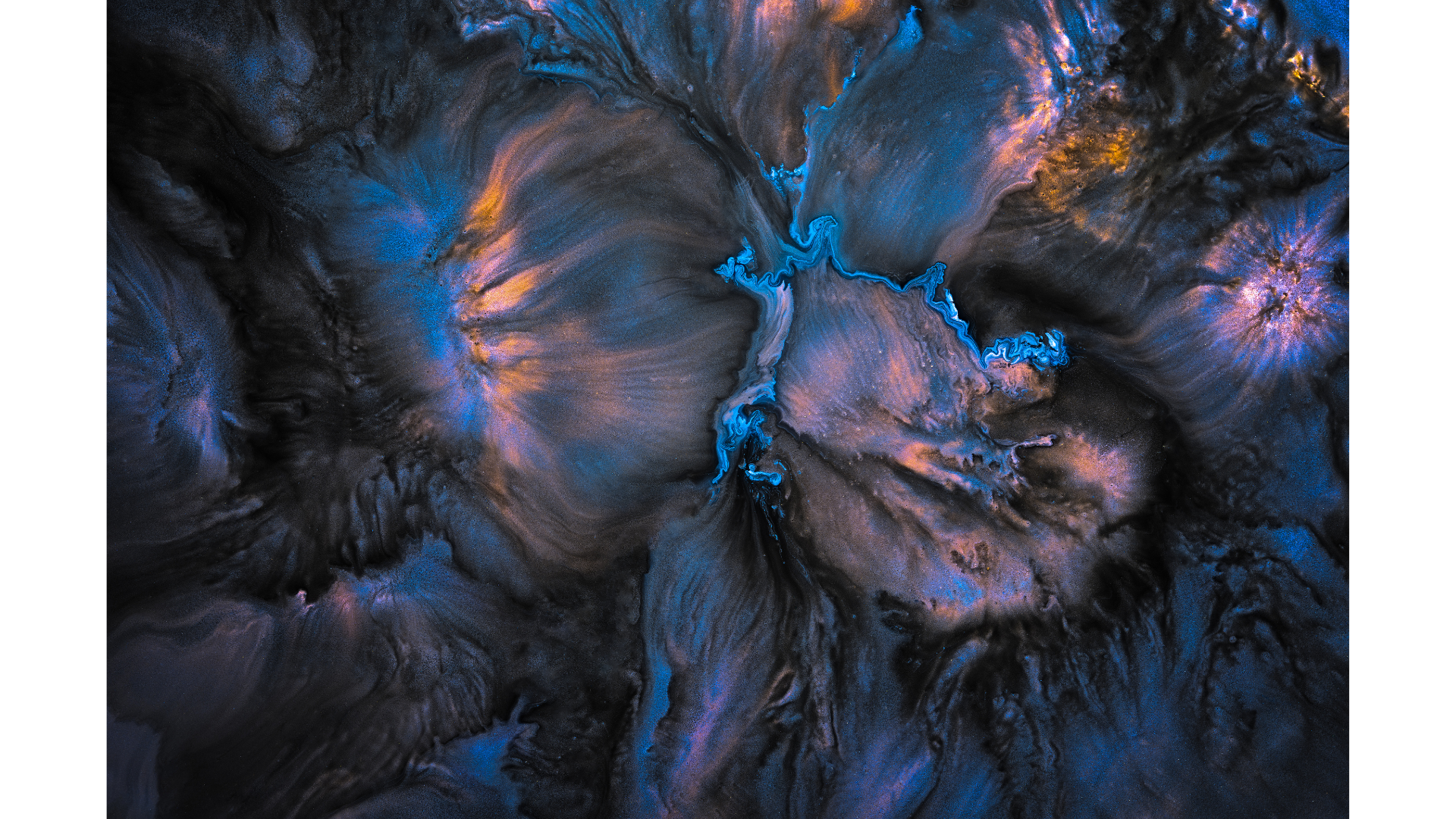Ayahuasca and Creativity: Unlocking the Creative Mind
The Psychedelic Resurgence: Illuminating the Creative Spectrum
For the past six decades, scientists have responded to the anecdotal tales of artists and musicians attributing enhanced creativity to psychedelics. Icons like Adrian Piper and Yoko Ono, known to dabble in LSD and psilocybin mushrooms, credit these substances for influencing their artistic endeavors. In the present, a fresh wave of scientific exploration mirrors the fervor of the past, delving into the therapeutic potential of mescaline (peyote), psilocybin mushrooms, and LSD.
The resurgence in psychedelic research, particularly the focus on microdosing, challenges prevailing assumptions about the risks associated with these substances. Recent studies have revealed their efficacy in palliative care, depression, anxiety, and PTSD. The exploration of microdosing, consuming minimal psychedelic doses to enhance brain function and creativity without inducing hallucinations, has gained popularity, notably among working professionals in Silicon Valley.
Scientific inquiries into the intersection of psychedelics and creativity have yielded intriguing results. A study by Imperial College London examined the impact of psilocybin mushrooms on patients with treatment-resistant depression, revealing a significant increase in "openness," a trait linked to imagination, aesthetic appreciation, non-conformity, and creativity. Another study from Leiden University observed improved creative performance in participants who took psychedelic truffles during a microdosing event.
The first-ever trial investigating the effects of microdosing LSD, launched at Imperial College London, adopts a "self-blinding" methodology. Participants receive capsules containing microdoses and identical placebos, unaware of the LSD content. The study explores the cognitive effects through questionnaires and online games.
These contemporary studies echo earlier investigations from the late 1950s and '60s when pioneers like Timothy Leary delved into psychedelics' potential. Leary's gatherings with luminaries like Allen Ginsberg contributed to landmark studies exploring the link between psychedelics and creativity. Despite interruptions by the FDA and the subsequent classification of LSD as a Schedule 1 drug in 1971, interest persisted.
The recent surge in microdosing, often attributed to fears surrounding psychedelic dangers, reflects attempts to navigate societal norms. Artists like Maya Hayuk, echoing the creative titans of the past, leverage psychedelics as one tool among many to induce shifts of perception. R. Crumb, Yayoi Kusama, and the Grey couple, pioneers of Visionary Art, attest to psychedelics' influence on their artistic journeys.
For artists like Hayuk, psychedelics offer a doorway to unconventional career paths and experimentation with new media. Reuven Israel, a sculptor, incorporates shamanic experiences fueled by psychedelics into his artistic process, perceiving constant geometry and flux in the world.
In this psychedelic resurgence, the intertwining realms of science and art continue to explore the transformative potential of these substances, unlocking new dimensions of creativity and perception.

